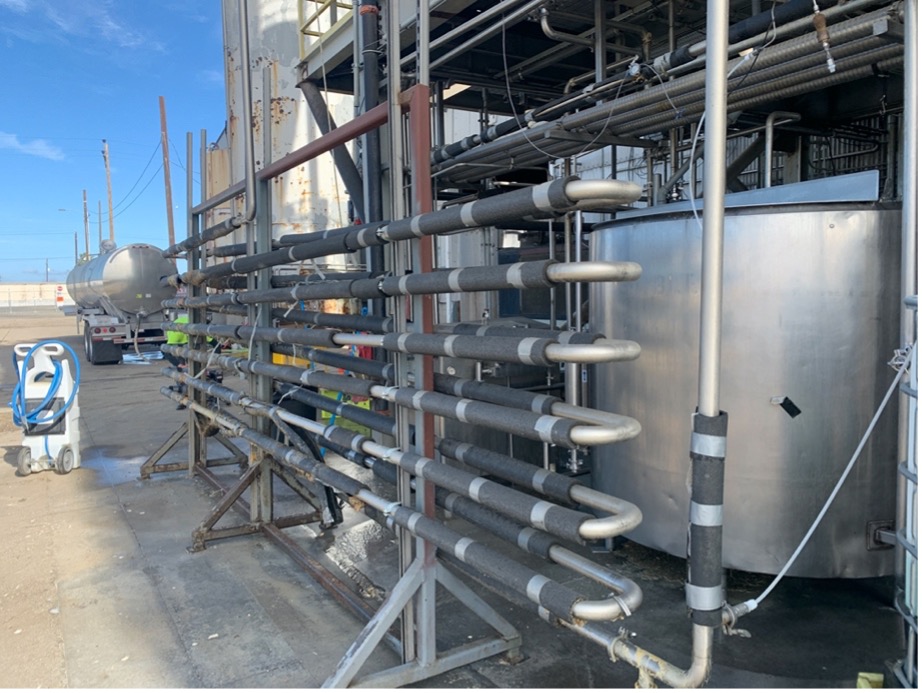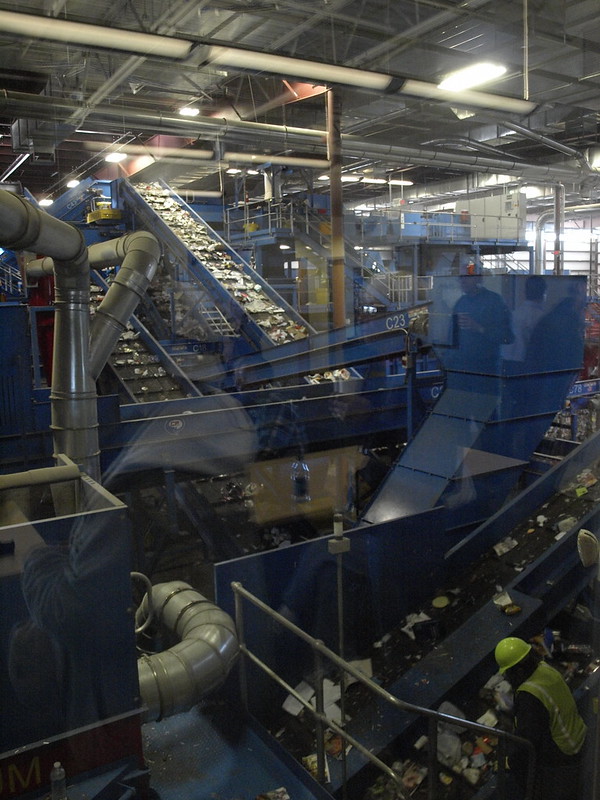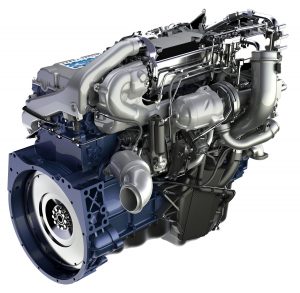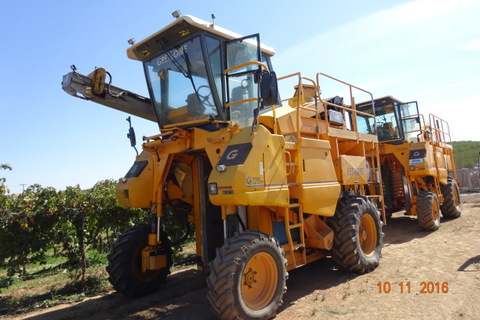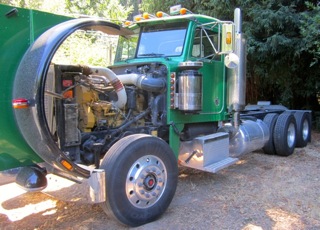
All identifying details of the truck itself have been changed to protect confidentiality, but the CARB details are, of course, accurate.
Imagine, if you will, that you are the owner/operator of a 1994 or ’95 diesel truck used for local heavy hauling. Let’s say you’re driving a Kenworth T800 flatbed around the Paso Robles area for the wine industry. You haven’t gotten around to updating it to meet CARB regulations and the rumors you’ve been hearing about filters and fines have gotten you a little concerned. You’re wondering if the truck isn’t worth what you paid for it; you’re concerned that the filter will be so prohibitively priced that it won’t be worth installing; you’re worried you might have to buy a new truck and maybe your small business won’t survive that added financial burden. So far, you’ve been able to ignore these worries, but when your insurance agent suggests a truck appraisal to update the insurance policy, you can’t ignore it anymore.
When your equipment appraiser arrives on the scene, you’re bracing yourself for some bad news, right? Word on the street is that California Air Resources Board (CARB) Diesel Risk Reduction Plan (RRP) could make some diesel equipment economically obsolete. What a qualified equipment appraiser might point out is that while that’s true, it’s also true that there are a number of, let’s say, exceptions to the regulations, including some recently approved significant changes in the timing and phase-in of the regulations.
First of all, because you have a diesel powered fleet of fewer than three units, you automatically qualify as a “small fleet” and are exempt from the retro-fitting regulations until January 1, 2014.
Another factor is that with CARB regulations, location really does matter. CARB NOx exempt areas include the counties of San Benito, San Luis Obispo, Santa Barbara, and Santa Cruz. A single heavy truck owner—such as our wine industry hauler in the Paso Robles area—operating solely in NOx exempt areas starting January 1, 2014, can use the NOx exempt area extension to delay the PM filter requirement until January 1, 2015.
In addition, since the Subject is a 1994 or 1995 model truck it is further exempt from regulations until January 1, 2016. How are you feeling now? So far, this truck appraisal has added several years of life to your diesel truck. Now you have until January 1, 2016 to install a 2010 or later model year engine.
But here’s another little detail that may be useful for some truck owners. It might be possible, if no verified DPF is available for your diesel engine, that you could apply for an extension that would exempt that particular engine from the applicable ARB in-use diesel program that regulates that engine.
The exemption could also be granted for other reasons: if there is no physical space to install the verified DPF or if specific criteria listed in the DPF executive order cannot be met, such as that the engine is not able to meet the minimum engine exhaust temperature requirement or has specified equipment, such as exhaust gas recirculation (EGR) that is not allowed by the executive order. It might be worth looking into these possibilities as my understanding is that these exemptions will extend into 2018. Any engine that cannot be retrofitted by January 1, 2018, however, will need to be replaced at that time.
And sometime a installing a DPF is just a really bad idea. Even though DPFs are available for pretty much all hay squeezes, many DPF installers are writing waiver letters to CARB stating their refusal to install them. Reason why? DPFs generate a great deal of heat. Put that near some dried hay or straw and you’re looking at some really bad air quality … almost certainly followed by some nasty legal proceedings. That’s a little off-topic, but I knew you’d want to know if you own a hay squeeze.
Also a little off-topic, but useful to know is that if you don’t want to wait for regulations to catch up with you, 1B funding for diesel truck replacement or repower is still available as of the time of this post.
Back to the question of appraising trucks in California and how regulatory compliance influences equipment valuation, all indications continue to support the conclusion that the current market has, in fact, assimilated the economic obsolescence factors regarding the CARB RRP and that current values reflect that information. This assimilation of regulatory information is supported by the lack of consensus among dealers regarding the financial weight of the regulations in the marketplace. That’s the language I use in my equipment appraisal reports regarding CARB regulations, and I stand behind that.
Jack Young, ASA, CPA
Heavy Truck Appraiser
NorCal Valuation Inc.

